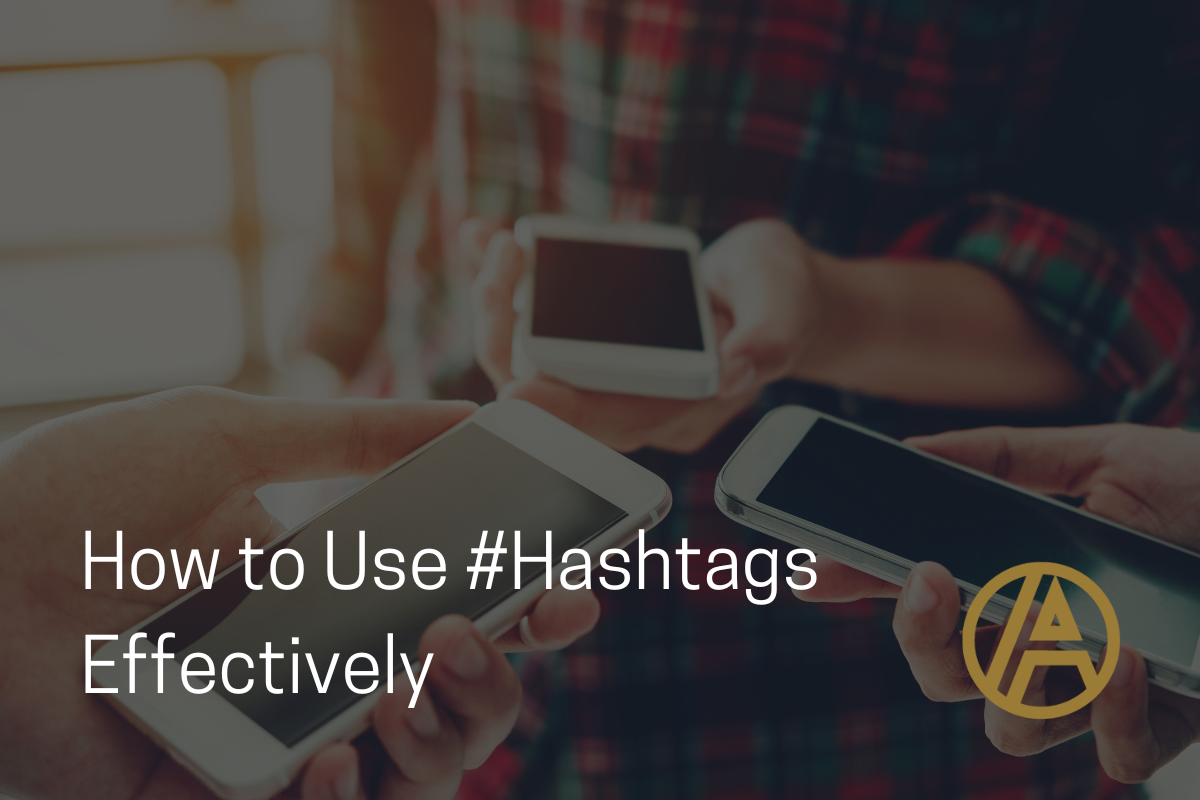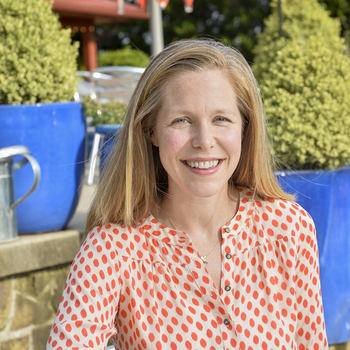Hashtags have a way of uniting us…(and keeping us scratching our heads.)
Exactly how to use them and knowing which hashtags to use is often the sticking point for brands.
One thing is for sure, these little #wonders can have a powerful impact on your local business! Did you know that by simply adding relevant hashtags to your tweets, you’re likely to boost the engagement rate, according to research from Buddy Media.
The key is to be specific and targeted.
Instagram, for instance, loves when brands do just that, and this is the key to increasing your engagement rate.
Let’s step into how.
LEARN HOW A MARKETING PLAN CAN GROW YOUR BUSINESS
#KnowThyAudience
While it’s certainly important to “know thy brand,” you also need to “know thy audience.” Understanding who is buying your product, or searching for your service is vital for your small business’ social media plan so that you can identify thoughtful tags.
This blog on How to Define your Target Audience from our team at ALINE can serve as a guide to help you “do a deep dive” to figure out:
- the key attributes are of your target audience
- how to communicate with them
Once you learn their attributes, let’s start thinking about how these types of people might search for you.
You’ll want to incorporate a variety of hashtags, so why not create a hashtag bank? This involves creating a document or a “holding tank” of sorts that includes all of the potential hashtags that people might use to search for your product or service. “All Things Insta” shares these tips from Creative Puddle, suggesting to:
- Ask yourself what broad or specific search terms might your audience use?
- Check out competitor accounts and see what hashtags they are using. Find out what hashtags were used on any high-performing posts.
- Group hashtags into relevant categories and then copy/paste them into your post. Additionally, you’ll want to keep your hashtag bank refreshed from time to time, because Instagram changes its algorithms with time.
#RealLife
Let’s use a real-life example of how using the above research and hashtag bank can work in your favor.
Perhaps you’ve just opened a local bookstore. Within just a few short weeks, you’re noticing that Young Adult (YA) novels are flying off the shelves. You’re considering posting about the latest young adult read to hit your shelves, but going one step further to add relevant hashtags is vital.
So, with your post in mind, you take a look at your hashtag bank. There, you find a few relevant “branded” hashtags that haven’t been used recently including #bookstagram, #yabooks, and #bookworm. You select these three, (moving them to the top of your hashtag bank so you know they’ve been used recently). Next, create your social post about said new YA novels. Something like,
"Get lost in Ruth Hogan’s latest YA novel, ‘The Keeper of Lost Things.’ But hurry, this page-turner is flying off the shelves!” #bookstagram, #YAbooks, #bookworm
Now post!
Simple? Yes. Because it is!
Use #LocationBasedHashtags
So far we’ve talked about:
- Knowing your audience
- Learning to communicate with them through thoughtfully researched hashtags
- Categorizing and organizing your hashtags in a hashtag bank
We suggest posting five of the above “branded” hashtags and three “location-specific” hashtags. What are location-specific hashtags?
Remember, we’re talking about your local businesses. So you’ll want to not only get on people’s radar using branded hashtags, you’ll also want to “meet” your audience where they are, using location-specific hashtags!
This means embarking on a bit of location-based hashtag research. Our friends at Tail Wind suggest these steps:
- Look at Instagram’s suggested tags. By typing in your state and region, you can then identify hashtags for your specific industry.
- Check out local businesses. See what kinds of hashtags local businesses are using that are similar to your brand.
- Search for micro-locations. Think about what kind of nicknames your region has? (For instance, Spartanburg is often referred to as “#SparkleCity or #HubCity.) What is it known for? What is it close to or a part of? (#UpstateSC)
Taking these steps will quite literally “bring it home” for your audience, thus maximizing engagement.
Knowing your customer’s attributes, understanding what they’re searching for as it relates to your small business, and then targeting them through thoughtful branded and location-specific hashtags will no doubt have a powerful impact on your brand’s engagement.
Let us know how these hashtag strategies work for you!
Want to chat more with our team at ALINE about your digital marketing strategy, don’t hesitate to reach out!


 Carolyn Baughman
Carolyn Baughman